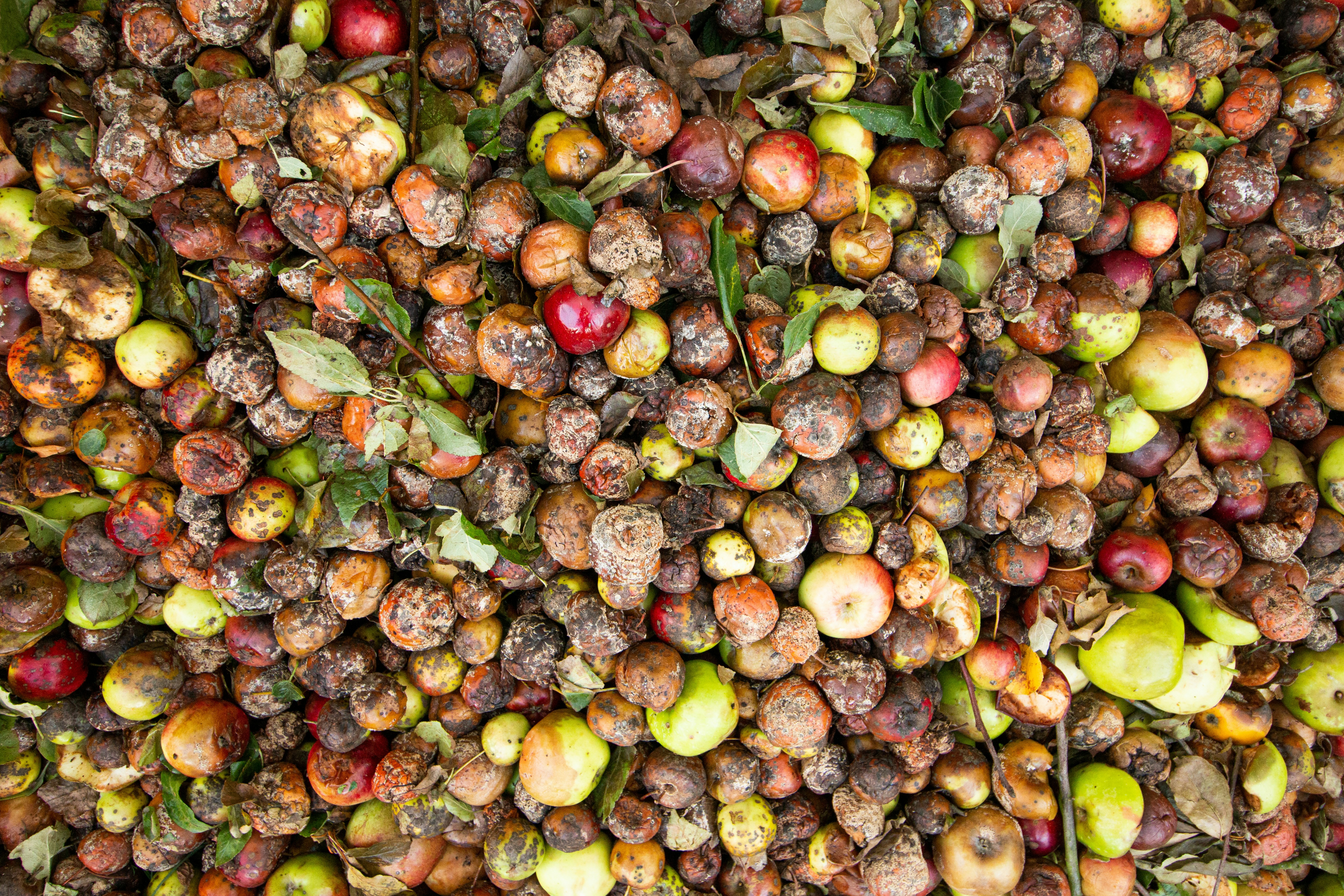Media release
From:
Wealthier countries waste more food per person, but urbanization is narrowing this gap
Globally, the average person wastes around 132 kg of food per year, and this number is rising. Wealthy countries waste more food per person, but in an opinion paper publishing September 26 in the Cell Press journal Cell Reports Sustainability, agricultural economists highlight how urbanization and economic expansion are driving increases in food waste in lower- and middle-income countries. Curbing food waste will require policy and structural initiatives, they argue, such as incentivizing supermarkets and restaurants to donate food and educating consumers to promote smarter purchasing and better food storage practices.
“If left unaddressed, rising waste in middle- and low-income countries risks locking in unsustainable consumption patterns with serious implications for food security, public health, and environmental stability,” write the authors, agricultural economists Emiliano Lopez Barrera and Dominic Vieira of Texas A&M University.
“Proactive investments such as in cold chain infrastructure, food donation laws, and public awareness can help shape social norms before food waste becomes entrenched,” they write. “Inaction today will magnify long-term costs and increase the difficulty of future interventions.”
Global food waste—defined as food discarded by consumers or by food service and retail establishments—rose by about 24% between 2004 and 2014. Historically, wealthy people and high-income countries wasted more food. While this is still true today, rates of food waste are becoming more similar across all countries. According to a 2024 report, annual food waste varies by only around 7 kg per person across high-, upper-middle-, and lower-middle-income countries.
The authors say that this convergence is driven by rising food waste in middle-income countries such as China, India, and Brazil that are undergoing rapid economic growth and urbanization. Urbanization increases food waste by changing people’s shopping and consumption habits. For example, access to supermarkets and refrigeration encourages people to buy more perishable food than they can use.
“Urban households tend to generate more food waste than rural ones, as rural communities more often repurpose discarded food,” they write.
Supermarkets also waste significant amounts of food: the authors note that in Brazil, supermarket chains reported losses of R$6.7 billion ($1.2 billion USD) from food waste in 2018 alone. And refrigeration during transport has shifted when and where food waste occurs, resulting in more food being wasted in consumers’ homes.
“These patterns underscore the need to complement cold chain expansion with consumer education on proper food storage, portioning, and planning to avoid shifting food waste burdens onto urbanizing middle-class households,” the authors write.
Regardless of a country’s wealth, the researchers say that reducing food waste will require collaborations between governments, retailers and food producers, research institutions, communities, and consumers. They suggest implementing awareness campaigns that emphasize portion control and leftover repurposing and incentives to encourage composting, alternative waste uses, and community-level food sharing and donation. They also underscore the importance of incorporating food-waste strategies into broader sustainability and equity efforts.
“A more comprehensive, globally coordinated strategy—anchored in country- and region-specific policy interventions—is needed to mitigate impacts and foster progress toward more sustainable food systems,” the authors write.



 International
International



